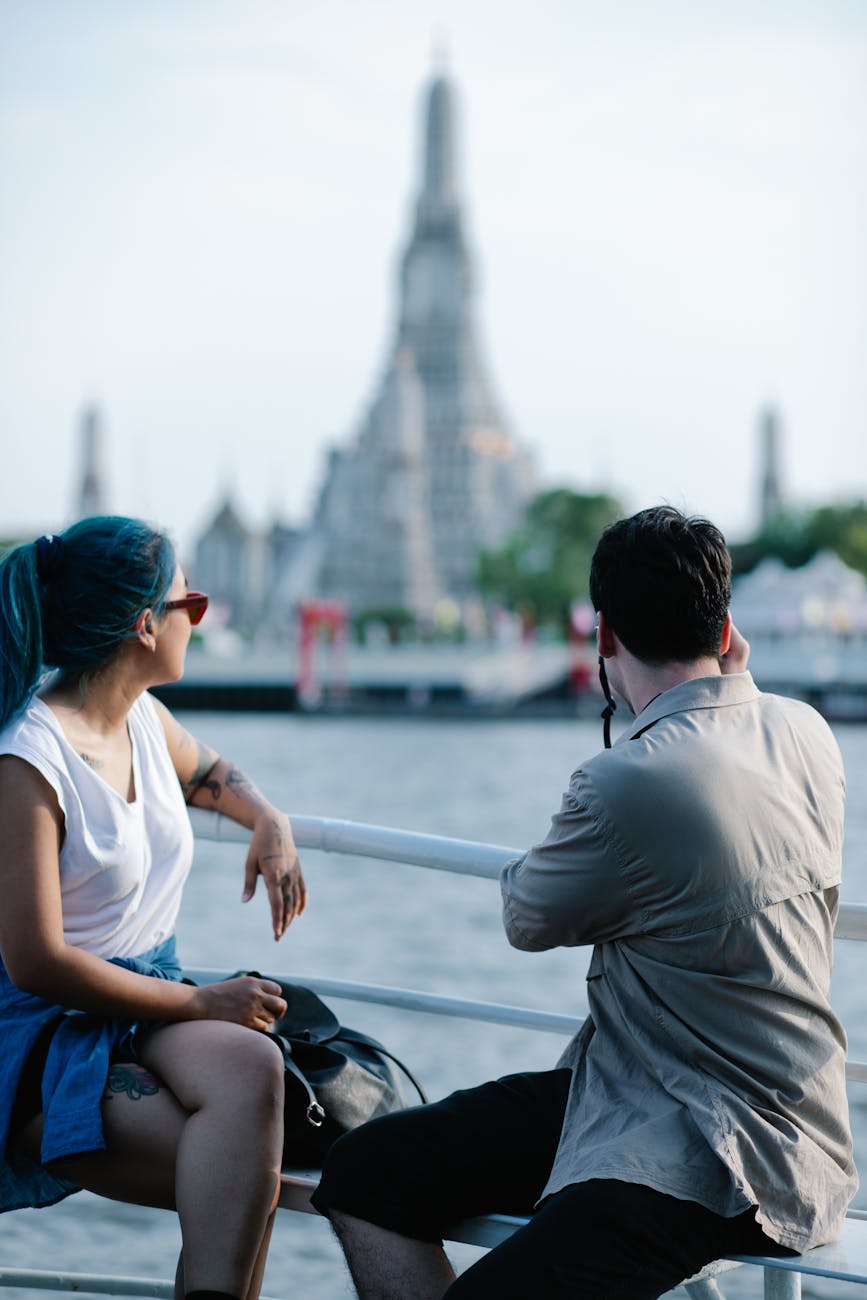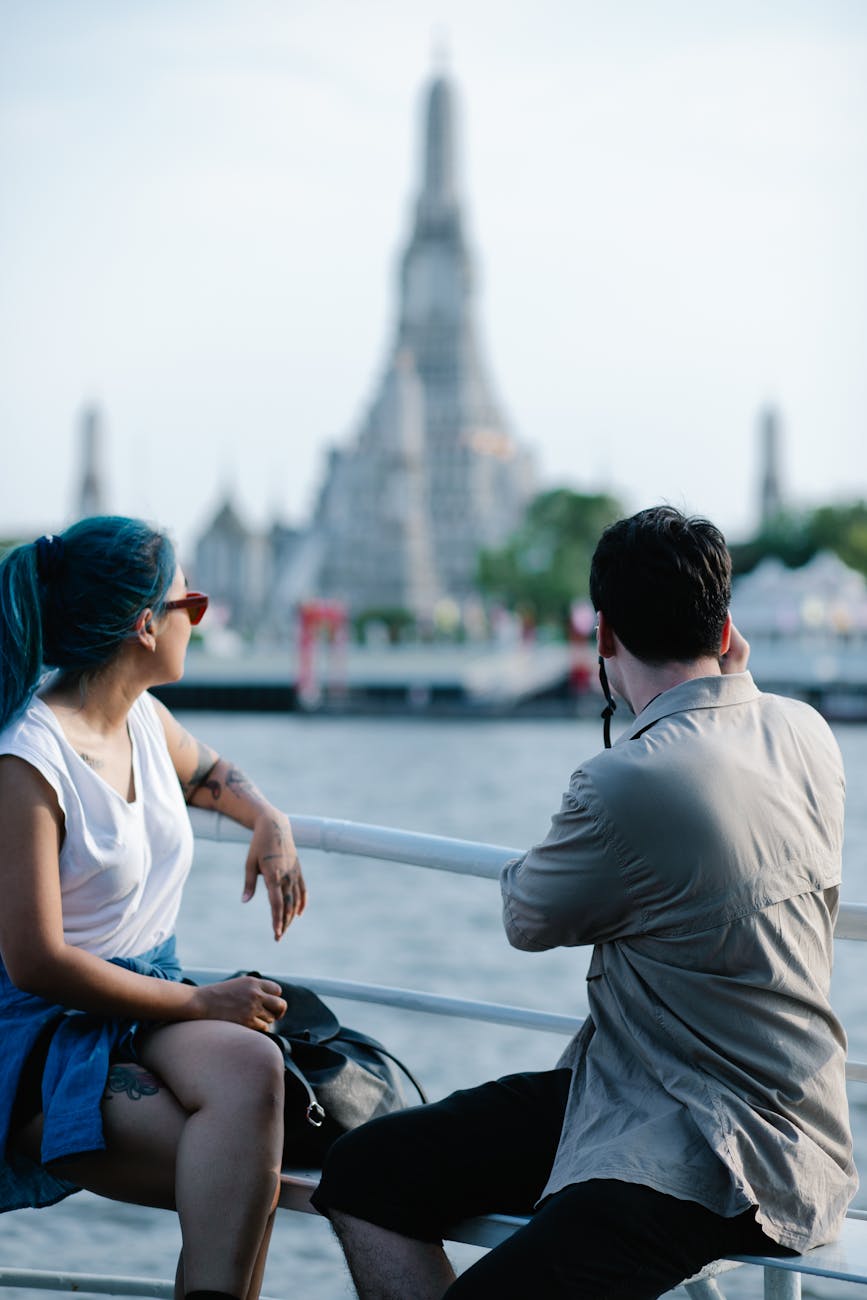Exploring the Cultural Mosaic of Thailand: The Legacy of Dynasties
When visiting Thailand, one cannot help but be captivated by the rich tapestry of history that blankets this stunning nation. The influence of its various dynasties has sculpted a unique cultural landscape filled with artistry, traditions, and spiritual beliefs that resonate deeply in everyday life. From the ancient Kingdom of Sukhothai to the resplendent grandeur of Ayutthaya, each dynasty has left an indelible mark that continues to shape the vibrant Thai culture we see today. This blog post will take you on an enlightening journey through time, highlighting how Thailand’s dynastic history creates a backdrop for its current cultural richness while providing actionable insights for an unforgettable trip.
For those contemplating a journey to this extraordinary land, understanding the dynastic influences can enrich your experience exponentially. By exploring the historical contexts and their legacies, travelers gain a deeper appreciation of the temples, art, and traditions that define Thailand. This blog will delve into the essence of Thai culture, exploring the nuances of how the legacies of its dynasties influence contemporary Thailand, along with practical tips to enhance your adventure.
Table of Contents
1. The Sukhothai Kingdom: Birth of Thai Culture
2. The Ayutthaya Period: Trade and Diplomacy
3. The Rattanakosin Era: Modernization and Identity
4. Travel Tips for Experiencing Thai Culture
5. Embracing the Legacy of Dynasties: A Call to Action
6. Frequently Asked Questions
The Sukhothai Kingdom: Birth of Thai Culture
The Sukhothai Kingdom, established in the 13th century, is often celebrated as the cradle of Thai civilization. This era laid the foundation for many cultural and artistic expressions that persist to this day. The introduction of Theravada Buddhism during this period played a crucial role in molding the spiritual landscape of Thailand. Notably, the architectural marvels of Sukhothai, such as the majestic Wat Mahathat and the ethereal Buddha statues, encapsulate the essence of Thai art and religion. The distinct Thai architectural styles, characterized by intricate details and stunning sculptures, emerged during this timeframe, influencing the subsequent generations.
Moreover, the Sukhothai Kingdom was instrumental in creating a sense of national identity. The use of the Thai language began to flourish, helping unify various ethnic groups under a common linguistic heritage. Furthermore, the Sukhothai era is synonymous with the establishment of traditional Thai festivals and customs that continue to be celebrated today, showcasing the importance of community and cultural continuity. The values and beliefs instilled during this era continue to resonate within the Thai psyche, illustrating how historical legacies profoundly impact present-day lives.
The Ayutthaya Period: Trade and Diplomacy
Following the Sukhothai Kingdom’s decline, the Ayutthaya Kingdom ascended, becoming a formidable power in Southeast Asia by the 14th century. Ayutthaya’s strategic location along crucial trade routes facilitated extensive cultural exchanges with foreign nations, including China, Europe, and India. This dynamic cultural interplay significantly enriched Thai art, cuisine, and language. The architectural grandeur of the city, with its majestic temples, showcased a blend of various influences, reflecting the kingdom’s openness to outside cultures.
The diplomacy of the Ayutthaya period also highlighted the importance of international relations in shaping Thai society. Marriages between royal families of different nations fostered diplomatic ties and encouraged mutual cultural exchange. The still-visible remnants of this era, including the impressive ruins of Wat Chaiwatthanaram and the iconic Buddha head entwined in tree roots at Wat Mahathat, are testament to a time when Thailand was an epicenter of commerce and culture. Understanding the significance of this period allows travelers to appreciate the fusion of influences that define modern Thai identity.
The Rattanakosin Era: Modernization and Identity
The Rattanakosin Era, commencing in 1782 with the establishment of Bangkok as the capital, marked a significant transformation in Thailand’s trajectory. This period was characterized by a renaissance in the arts, education, and governance, shaping a contemporary Thai identity that resonates to this day. A notable feature was the extensive cultural reforms initiated by King Rama IV, leading to the modernization of Thai society while still preserving national traditions. His commitment to education laid the groundwork for contemporary Thai cultural values, emphasizing a respect for heritage alongside progress.
Significantly, the Rattanakosin era also saw the emergence of traditional Thai performances, such as Khon, and the intricate art of Thai cuisine, embodying the creativity and culinary expertise embedded in the Thai culture. Festivals like Songkran and Loy Krathong, which originated during this period, epitomize the harmonious balance between modernization and tradition. Travelers can immerse themselves in these vibrant festivals, gaining firsthand insights into the blend of ancient customs with modern-day life, creating a rich tapestry that enhances their exploration of Thailand.
Travel Tips for Experiencing Thai Culture
Understanding the cultural landscape of Thailand is made even easier with actionable insights for travelers eager to experience its heritage fully. Start by exploring historical landmarks like the Grand Palace and Wat Pho, which embody the lavishness of Thai architecture and royal history. Engage locals by participating in traditional cooking classes to enhance your culinary appreciation for the delightful flavors of southern curries or northern specialties like Khao Soi.
Additionally, visiting local markets provides a vibrant atmosphere where you can interact with artisans and discover the meaningful stories behind their crafts. Take advantage of cultural festivals and celebrations, as these events often allow travelers to witness the colorful traditions that define Thai culture firsthand. Furthermore, ensuring respectful behavior, such as dressing modestly in sacred spaces and practicing basic Thai phrases, can significantly enhance your interactions with the local community. By adopting these tips, you create lasting memories while demonstrating respect for Thailand’s rich cultural heritage.
Discovering the Heart of Thailand: A Journey Awaits
Embarking on a journey to Thailand is more than just a vacation; it is an invitation to explore the legacies of its dynasties and their profound influence on contemporary culture. As travelers tap into this vibrant history, they uncover the real stories behind the temples, art, food, and traditions that define Thailand today. Each step into this magical land reveals a kaleidoscope of culture, woven together by the threads of its historical past. The richness of its dynastic legacy invites everyone to engage with and appreciate the vibrant culture that makes Thailand a unique and thriving destination.
Frequently Asked Questions
1. What is the historical significance of the Sukhothai Kingdom?
The Sukhothai Kingdom is important as it is considered the birthplace of Thai culture and language, establishing the foundation for later development in Thai civilization.
2. How did trade influence Thai culture during the Ayutthaya period?
Ayutthaya’s strategic location allowed for extensive trade with foreign nations, enriching Thai culture through the adoption of new ideas, culinary practices, and artistic expressions.
3. What cultural reforms took place during the Rattanakosin Era?
The Rattanakosin Era saw modernization efforts led by King Rama IV, focusing on education, art, and the preservation of traditions, helping define the contemporary Thai identity.
4. What are some traditional festivals in Thailand worth experiencing?
Festivals like Songkran (Thai New Year) and Loy Krathong (Festival of Lights) are must-experience events, showcasing vibrant traditions and cultural practices that reflect the spirit of Thailand.
5. How can travelers respectfully engage with Thai culture?
Engaging respectfully includes learning basic Thai phrases, dressing modestly in temples, and participating in local customs and traditions when visiting communities and festivals.
Image Credit: Pexels





